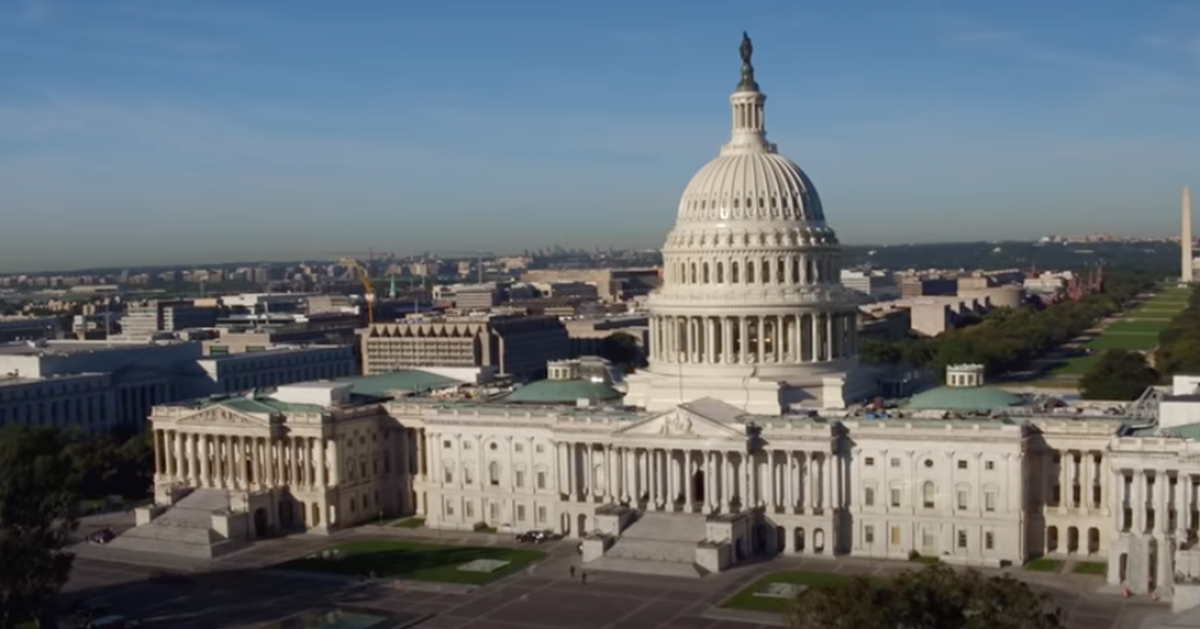New York-bound flight grounded amid engine fire
A potentially catastrophic situation was averted on Sunday morning on a United Airlines flight departing from Houston after passengers evacuated the plane due to an engine fire.
Flames were seen emanating from one of the engines on a United Airlines aircraft as it prepared for takeoff, preventing what could have been a serious disaster, as the Washington Examiner reports.
Passengers aboard the Houston flight bound for New York were asked to remain calm as an engine fire was reported. The Federal Aviation Administration (FAA) confirmed the flight was halted before takeoff due to this safety concern.
A local news outlet reported the alarming scene was captured on video by a passenger. The footage depicted flames and smoke billowing from the plane's wing, increasing the urgency for a swift response.
Passengers Evacuated, Flames Filmed
One passenger's voice captured in the video could be heard exclaiming, “No, it’s on fire!” underscoring the immediate danger felt on board. Despite the rapidly developing situation, a flight attendant instructed passengers to remain seated.
Emergency crews, including the Houston Fire Department, quickly arrived to aid in the deboarding process. They successfully evacuated all 104 passengers without injury, ensuring safety amid the tense scenario.
The incident adds to a troublesome week for aviation safety in the U.S., stirring conversations about air travel security. A helicopter and airplane collision in Washington, D.C., earlier in the week resulted in 67 fatalities, leaving both aviation officials and the public shaken.
Series of Tragic Air Incidents Unfolds
Further compounding the concerns was a separate disaster just the day before in Philadelphia. An air ambulance crash during the weekend led to the loss of seven lives. These events have reignited national discourse on the prime importance of flight safety and regulatory measures.
The raised anxieties have prompted responses from government officials. Transportation Secretary Sean Duffy took the airwaves on Fox News, addressing these recent tragedies while maintaining a positive stance on overall airline safety.
“We have the safest skies in the whole world,” Duffy emphasized, asserting his confidence and reinforcing the notion of air travel as the safest means of transportation. His words come as reassurance amid widespread unease.
FAA Safety Measures Assured
Duffy further elaborated on the reliability of the nation’s aviation system, defending it against concerns sparked by the events. He made it clear that if ever there was an imminent risk, the FAA would step in by halting operations to protect passengers and crew.
“Traveling by air is the safest mode of transportation, and just to that point,” Duffy asserted that if it wasn’t safe, the system would not continue operations unchecked.
Critics, however, have pointed out the antiquated nature of the pilot warning system, evaluating its effectiveness in preventing future incidents.
Amid ongoing investigations into the Houston event and the other tragic accidents, the FAA remains dedicated to rigorous safety protocols. Adjustments and improvements within air traffic control systems continue in efforts to safeguard against unforeseen hazards.
Efforts Made to Preserve Public Confidence
As affected passengers recount the unsettling moments leading to their flight's evacuation, confidence in air travel safety is particularly paramount. Ensuring an understanding of measures and training in place to prevent incidents is crucial in restoring public trust.
While this week cast a shadow over the sector, the collective efforts of aviation authorities and intervention by emergency personnel shine a light on effective crisis management.
Duffy's reassurances serve as a crucial reminder of ongoing commitments to maintaining the highest safety standards across U.S. skies, even as discussions and criticisms continue amid high-profile accidents.
The aviation community and stakeholders alike await further findings from these investigations, focusing on preventing recurrence and solidifying the enduring safety of flight operations worldwide.






